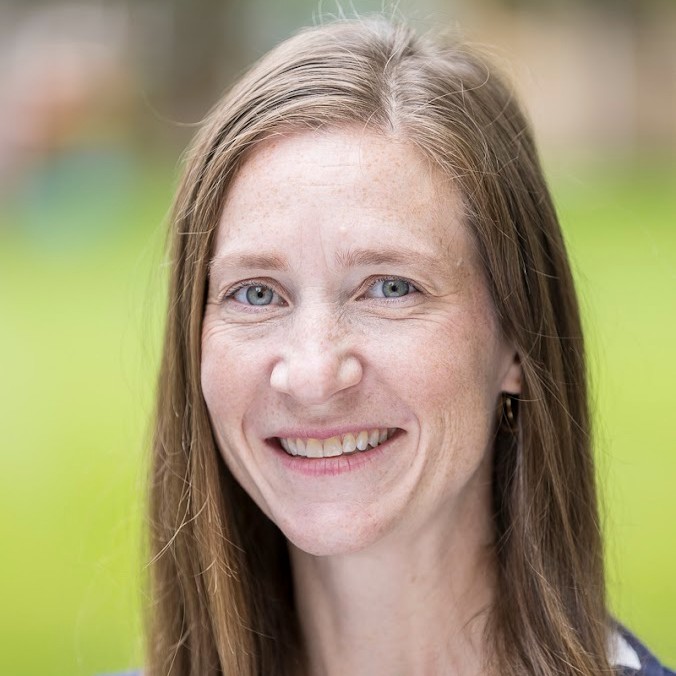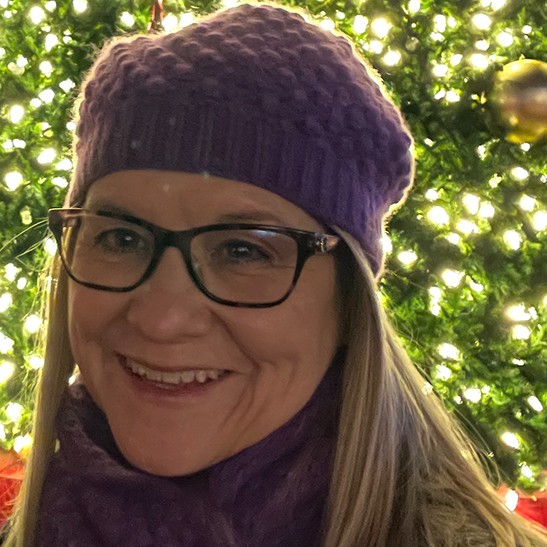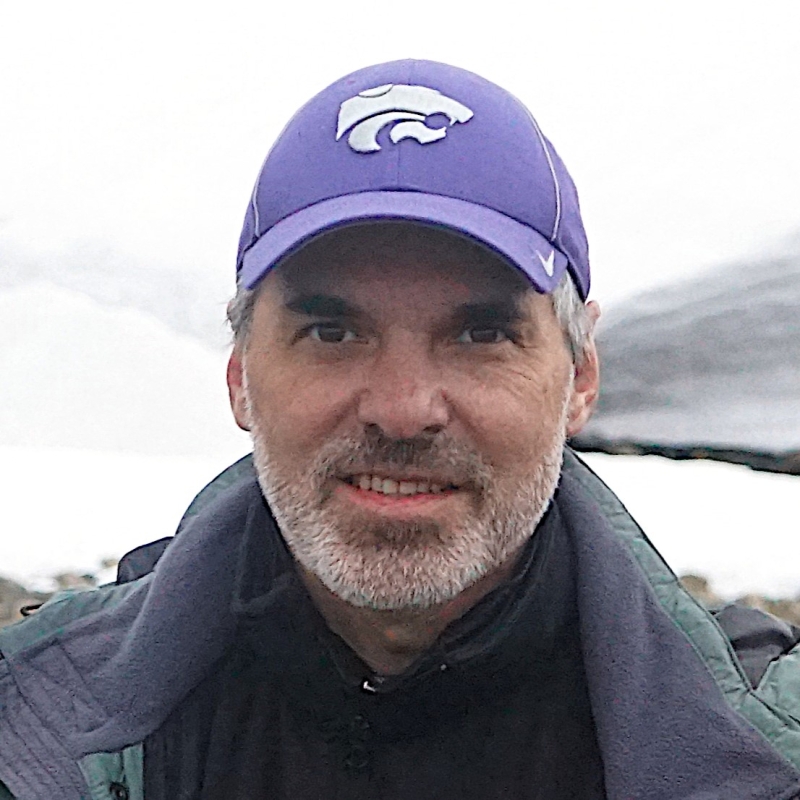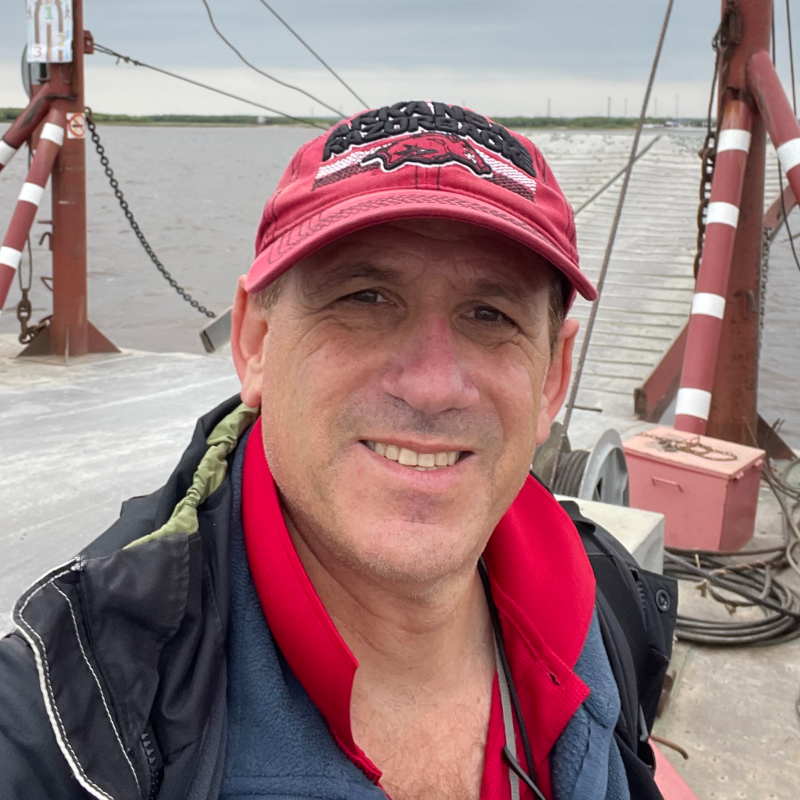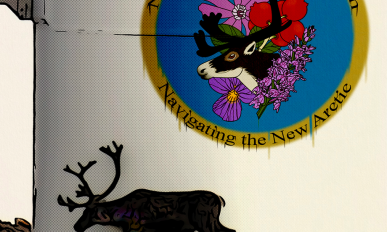Interactions of natural and social systems with climate change, globalization, and infrastructure development in the Arctic
This project brings together earth system scientists, engineers, ecologists, and anthropologists to document and explain changes in ecosystems and their effects on the plants, animals, indigenous peoples, and the built environment of the Arctic. It emphasizes interactions between these elements to help understand, inform, and plan for changes to come. Janice Ledgerwood and her students are working with the science team to tell the researchers’ stories through comics arts and animation. The resulting artworks will be shared with diverse audiences both in the US and Norway.
Read the comic here and click here for a printable high-resolution version.
Participants Involved in This Project
Janice Ledgerwood | Educator Fellow: 2023
Clovis Community College/State Center Community College District | Fresno, CA
From the Blog
Drs. Peter Ungar, Mary Heskel, and Aleksey Sheshukov explained (patiently) their areas of expertise, Arctic research projects, and provided me with a virtual mountain of photographs from their fieldwork. We talked about what projects would be suitable and appropriate for a variety of audiences. What would be engaging to different ages, interests and levels of scientific knowledge? I knew that I wanted my Photoshop class to be involved with this project, so I suggested creating a comic book.
© Polar STEAM. All Rights Reserved.
